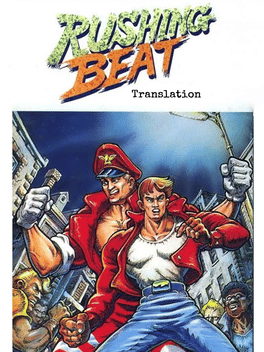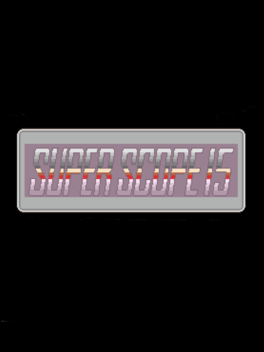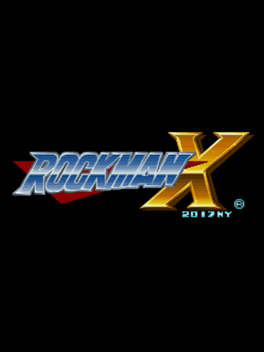Most Popular Super Famicom Games - Page 4
-
Circuit USA
1995
Circuit USA
1995
A port of Kyle Petty's No Fear Racing, with the difference being the removal of the references of the celebrity. -
Rushing Beat: Translation
2016
Rushing Beat was released outside Japan as Rival Turf!, but its story was changed in this release. This rom hack allows you to play the original version of the game in English (keeping the story, character names and some other aspects). -
Super Scope 15
A sequel for Super Scope 6 was being developed around 1993/1994, but was never announced. It became public when found in the 2020 Nintendo Gigaleak. -
Tian Wang Xiang Mo Zhuan
Unlicensed Chinese Beat-'em-up Famicom game. -
Pipe Dream
1992
-
Street Dunk
Street Dunk is a cancelled baskteball game that was in development by Nippon Bussan (aka Nichibutsu) for the Super Nintendo / Super Famicom. -
Nandemo!? Taihoman
Nandemo!? Taihoman is a cancelled action platformer that was in development by Namco around 1995, planned to be released on the Super Famicom / SNES. A short preview of the game was also published in EGM (April 1995 issue), but in the end the game was never released in any region. -
Mumu Boukenki Amusing Dream
Amusing Dream is a cancelled RPG that was in development by Takara Amusement for the Super Famicom / Super Nintendo. There are not much more info on the project and it’s unknown why it was never released. -
Gaishin Senki: Millennium Sword
Gaishin Senki: Millennium Sword is a cancelled strategy RPG that was planned by Magifact to be released on Super Famicom / SNES around 1995. -
Yoshitsune Densetsu
Yoshitsune Densetsu is a cancelled action RPG that was in development around 1993, planned to be published by ASCII on the Super Famicom / SNES. The game told the fictionalized story of Minamoto no Yoshitsune a “military commander of the Minamoto clan of Japan, that after evading death made his way past Hokkaido and sailed to the mainland of Asia, re-surfacing as Genghis Khan“. -
Ochanoma Densetsu
Ochanoma Densetsu is a cancelled RPG / board game hybrid that was in development for the Super Famicom (SNES) and would have been published by Information Global Service. There are basically no details about what the game was going to be like, but an advertisement announcing the game was published in an old IGS catalog. -
PSS-64
A compilation cartridge compatible only with the Super Famicom Box. -
PSS-63
A compilation cartridge compatible only with the Super Famicom Box. -
PSS-62
A compilation cartridge compatible only with the Super Famicom Box. -
PSS-61
1994
-
Ramos Ruy no World Wide Soccer
1994
A Japanese version of Tony Meola's Sidekicks Soccer, but with a different player endorsement. -
Super FX Zelda
A 3D graphics Zelda game, possibly a remake of Zelda II: Adventure of Link, which was briefly worked on for the Super Famicom with the Super FX chip technology. It was cancelled because the team started working on Star Fox 64. The game was never shown publicly, but a 3D model of Link was found in the 2020 Gigaleak. -
Mortal Kombat II
1994
Mortal Kombat II
1994
Port of Mortal Kombat II for the Super Famicom. This version of the game was censored (green blood, toned down fatalities), unlike the Western version for the SNES.






